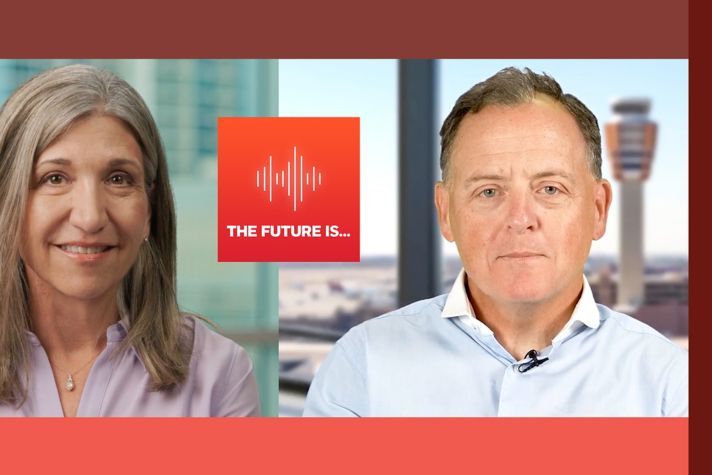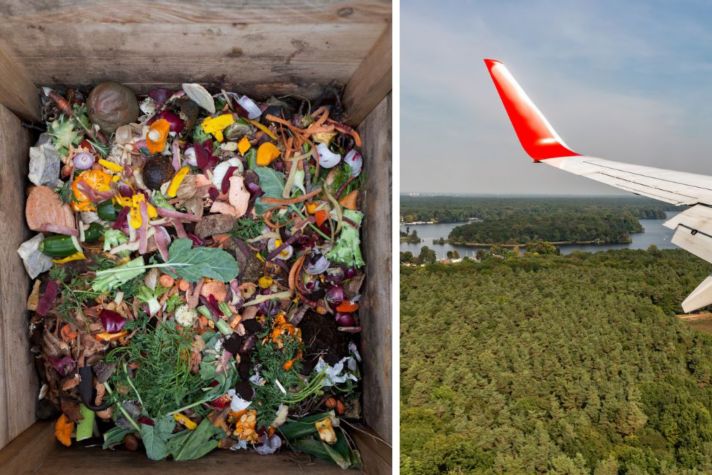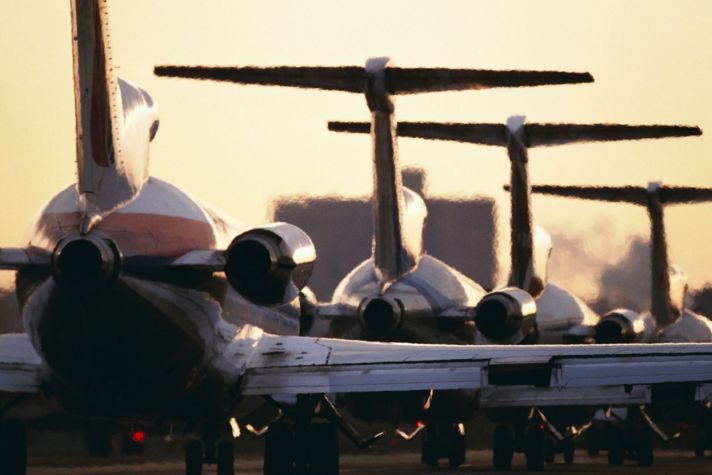-
 Global
Global-
Africa
-
Asia Pacific
-
Europe
-
Latin America
-
Middle East
-
North America
- |
- BUSINESSES
- |
- Contact
- |
-
 Global
Global-
Africa
-
Asia Pacific
-
Europe
-
Latin America
-
Middle East
-
North America
- |
- BUSINESSES
- |
- Contact
- |
You are browsing the product catalog for
- News
- How The Aviation Industry Can Recover Post-Pandemic
How The Aviation Industry Can Recover Post-Pandemic
Are you ready to fly? Experts share their insights on the runway back the skies
The aviation industry was hit hard by the COVID-19 pandemic and is only now beginning to recover. We convened industry leaders from Honeywell Aerospace and asked what carriers can expect in the short-to-midterm as they emerge from the downturn.
Our Honeywell experts Heath Patrick, president of Americas aftermarket, Steven Lien, president of Honeywell China and Aerospace Asia Pacific and Jim Currier, president of the EMEAI aftermarket give their respective regional insights.
Watch their entire conversation on-demand.
1. Focus on cost structure
The recovery is heavily dependent upon the price-sensitive leisure traveler, so U.S. carriers will need to be very disciplined about their cost structures. Mainline carriers in particular are going to have to adjust their strategies and manage their costs.
2. Long-haul legacy carriers will be challenged
In Europe, where travel is still down nearly 90%, discount carriers are well-poised to capture leisure travel when it returns. Mainline airlines, highly dependent on transporting international travelers into the region are going to have to dramatically change their business models to capture that revenue segment.
3. Don’t skimp on staff or maintenance
Cost discipline notwithstanding, airlines need to make sure aircraft maintenance and workforce support remains top of mind as travel returns and austerity measures are relaxed. Pilots and other cabin crew who were furloughed need to be reactivated and, in some cases, retrained, and airlines need to adequately provision parts inventories so that they can operate efficiently.
4. Hygiene and customer service are key to bringing travelers back
Hygiene is as simple as making sure that passengers are masked, and that aircraft is carefully cleaned. And airlines will need to be flexible regarding cancellations and flight changes, as progress against the pandemic progresses and recedes across the globe. Airlines that are going to be working with flyers to accommodate their needs—and react gracefully and with a customer-service orientation when inevitable operational problems arise—will be the ones that will attract customers.
5. The industry will be different in the future
In the short term, look at anything with a 6-to-12 month payback in terms of fuel savings or maintenance. Cockpit hygiene is important, as pilots turn over cockpits multiple times a day, we’re seeing the increased adoption of portable UV light systems to treat both cockpit and cabin. Over the longer term, globally, government bailout money came with strings attached to push the aviation industry towards greener and more sustainable options. Those changes will require that OEMs supporting airlines, like Honeywell, will need to be leaders in technology development.
Copyright © 2024 Honeywell International Inc.




